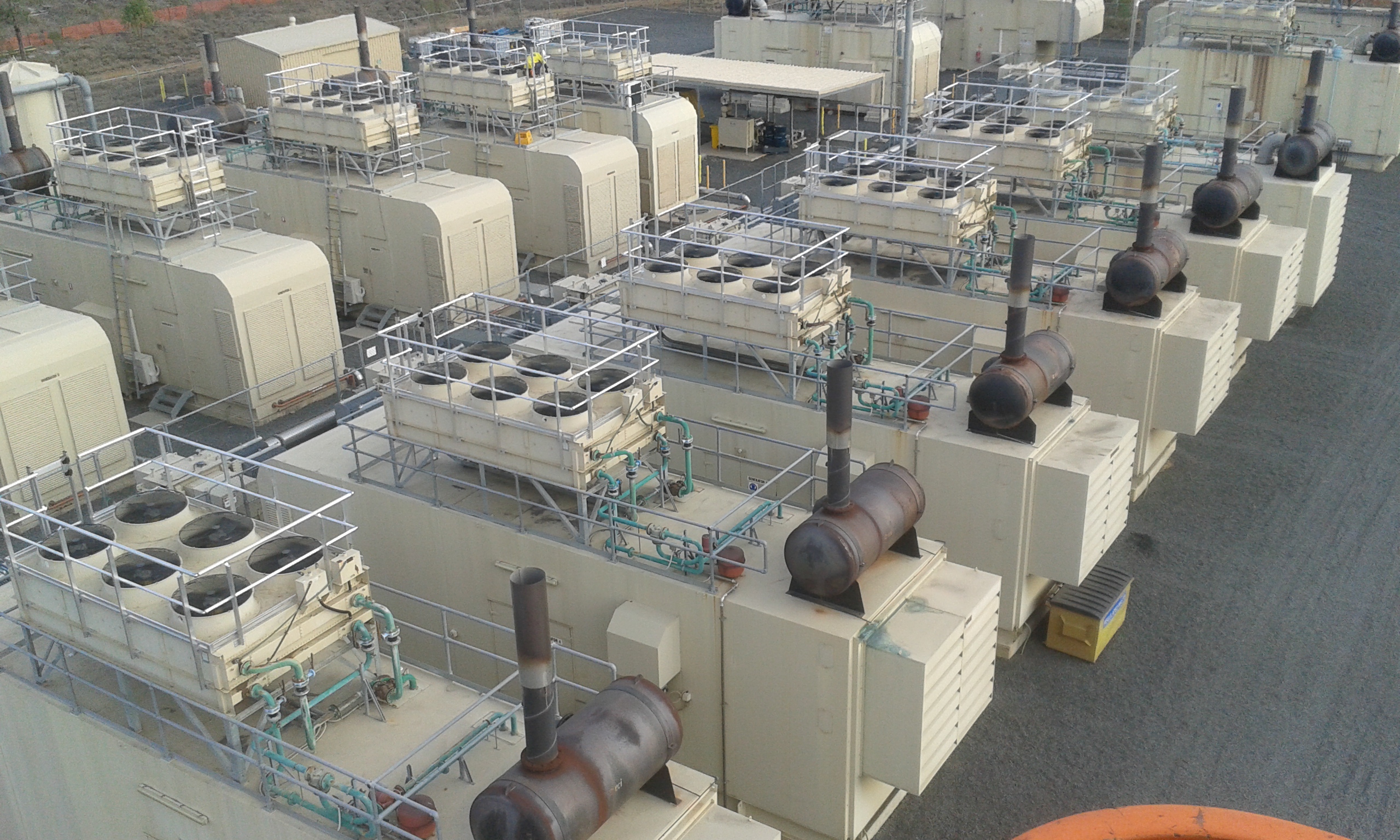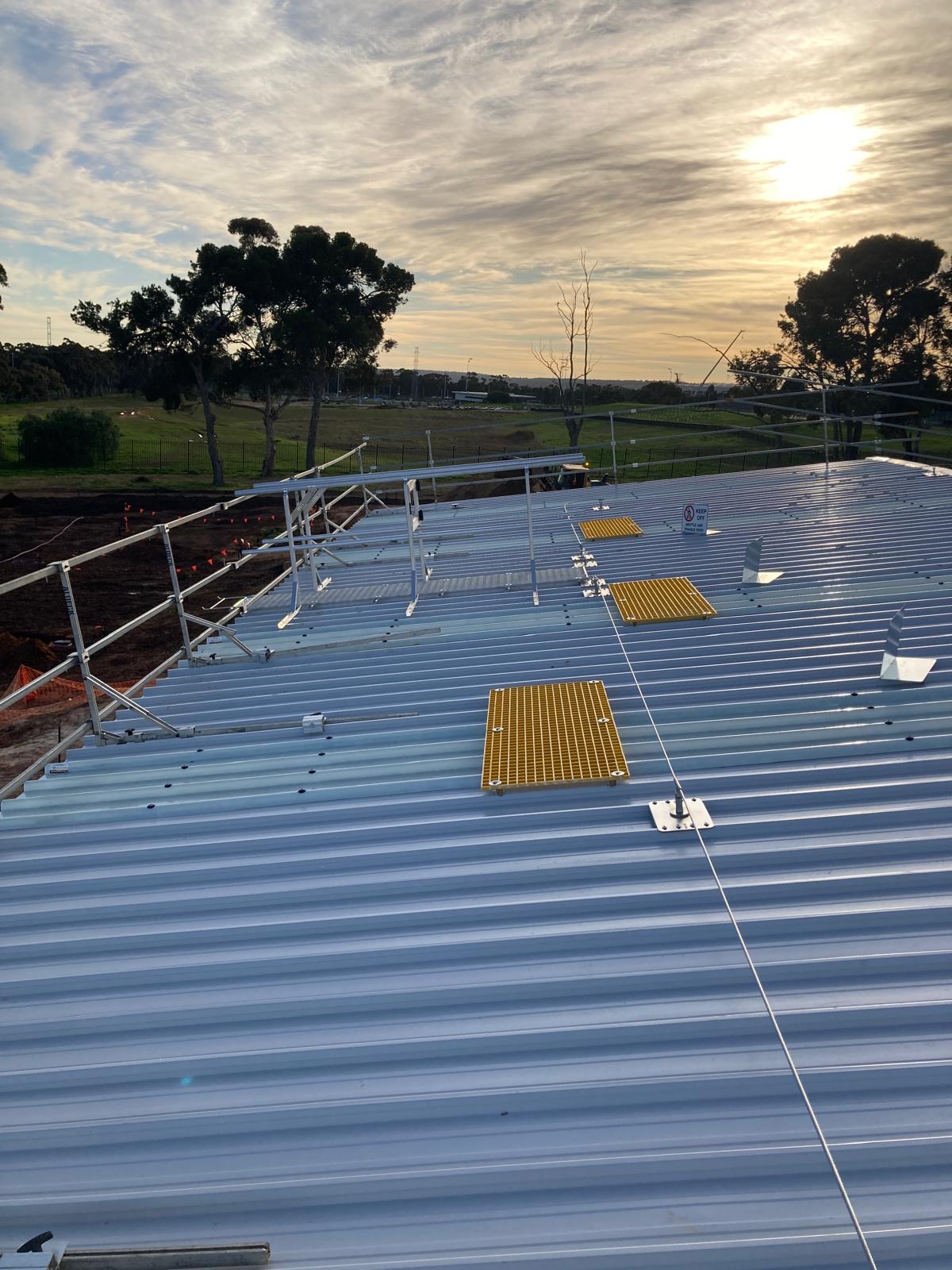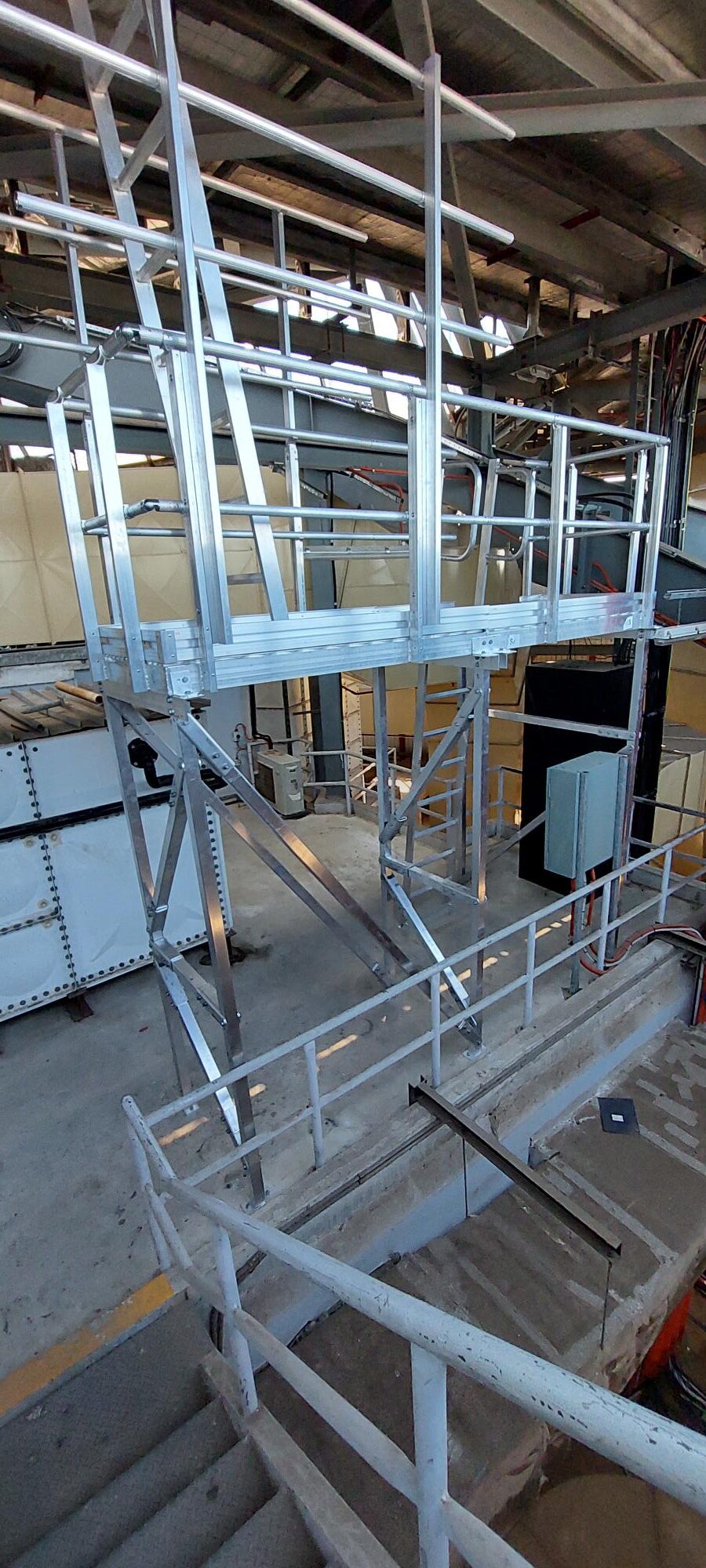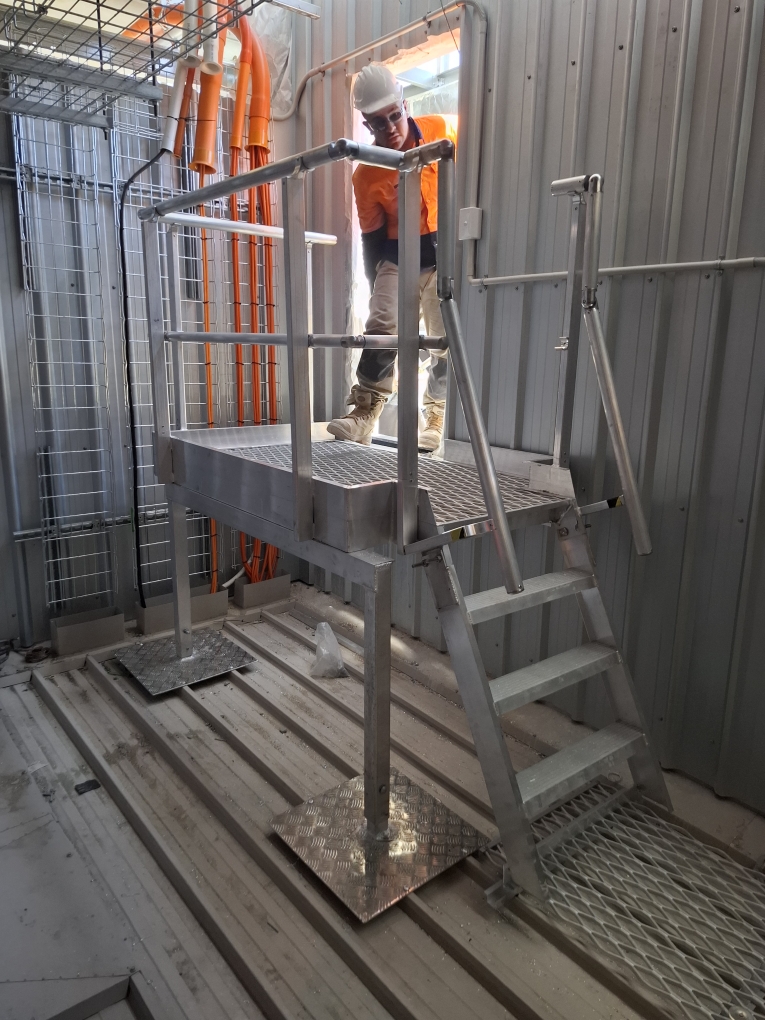At RISSafety, we understand the importance of maintaining the highest standards of safety. When it comes to the Australian mining industry and its challenging environments, we believe in keeping workers safe while working in the mines and while living in mine site camps. We aim to foster a culture of safety that permeates every aspect of mining operations. Here’s an overview of how to keep workers safe in mine site camps and while working in mines.
The importance of safety in mining
The mining sector is inherently filled with hazards, from the risk of falls and equipment-related accidents to environmental challenges. RISSafety is dedicated to safeguarding the wellbeing of workers, especially in the height safety and confined space safety aspects of in this high-risk industry.
We have a proactive approach to safety and aim to pre-emptively address potential dangers so that every miner returns home safely. Our approach involves constant monitoring of operational procedures, regular safety drills, and the implementation of the latest technological advancements in safety equipment.
How RISSafety keeps miners safe
Our specialised, fit-for-purpose solutions for Australian mines means we are trusted by clients including BHP, BMA, Glencore, Anglo American, Mt Isa Mines, Dalrymple Bay Coal Terminal, and Rio Tinto.
RISSafety’s commitment to safety is rooted in our adherence to Australian laws and regulations, including The Work Health and Safety Act 2011 and The Mines Safety and Inspection Act 1994. These legal frameworks set the baseline for safety standards, which RISSafety not only meets but exceeds.
All height safety and fall arrest equipment that RISSafety designs, manufactures and installs has been tested and certified by accredited independent third parties in accordance with Australian Standard AS/NZS 1891.4, AS/NZS 5532, AS/NZS4488, and AS/NZS 1657.
Our range of PPE for confined spaces, and personal fall arrest systems, ensures miners can work with confidence in any mine setting.
We ensure that every aspect of mine site safety is covered, from equipment use to employee training. We stay on top of any changes or updates in legislation to ensure our practices are not only compliant but also at the forefront of safety standards.
Safety in Australian mine site camps
As so many Australian mines are physically isolated, there is an expectation that many workers will stay on site in accommodation provided by their employer. In Western Australia, the epicentre for mining, the Mines Safety and Inspection Act 1994 applies. As part of general duty of care obligations, the employer providing worker accommodation must maintain the premises so the occupants are not exposed to hazards. This applies in relation to premises where the residence:
- is owned or controlled by the employer
- is outside the metropolitan area or a gazetted town site
- is provided because no other accommodation is reasonably available in the area.
Workers living in employer-provided accommodation also have a duty of care to report any issues relating to health and safety to their employer.
In order to ensure worker safety in mine site camps in Australia, Minegard has put together a list of some of the most common issues impacting staff who live near mines. Employers are urged to be aware of risks pertaining to:
- Mental health and stress
- Coal dust inhalation
- Noise
- UV exposure.
Resources Safety & Health Queensland suggested following protocols to ensure worker safety in mine camps, including:
- If a worker known to be in the camp or accommodation fails to turn up for a shift, a procedure should be in place to check the worker’s whereabouts and wellbeing at any time during the shift.
- If a worker becomes ill, they should be examined as soon as possible by a paramedic, nurse or other health care provider to establish the type, severity and prognosis of the illness.
- Based on the examination, a decision must be made whether the worker should be allowed to recover in the accommodation provided or should be relocated to where their health can be checked, and medical assistance provided if needed. The worker should not be allowed to drive.
By following these protocols, employers can help maintain a safe mine site camp for all workers.
Staying safe in mines
In the 12 years leading to 2015, the fatality rate in the mining industry decreased by 65% from 12.4 worker fatalities per 100,000 workers in 2003, to 4.4 in 2015. Despite this, the mining industry still has the third highest fatality rate of any industry with an average of nine workers dying each year.
RISSafety wants every worker to come home safely. Our training programs are tailored to address the unique challenges of each mine site, combining theoretical knowledge with practical, hands-on experience. We believe that well-trained personnel are the first and most crucial line of defence in preventing accidents.
The safety of workers in mining operations is not just a regulatory requirement but a moral imperative. RISSafety’s mission is to provide top-tier safety solutions, ensuring compliance with Australian regulations and setting new standards in worker protection. We encourage mine operators to prioritise safety and welcome partnerships that aim to create safer mining environments.
Speak to us about keeping workers safe on site – we have years of expertise in helping Australian mining companies ensure worker safety.



